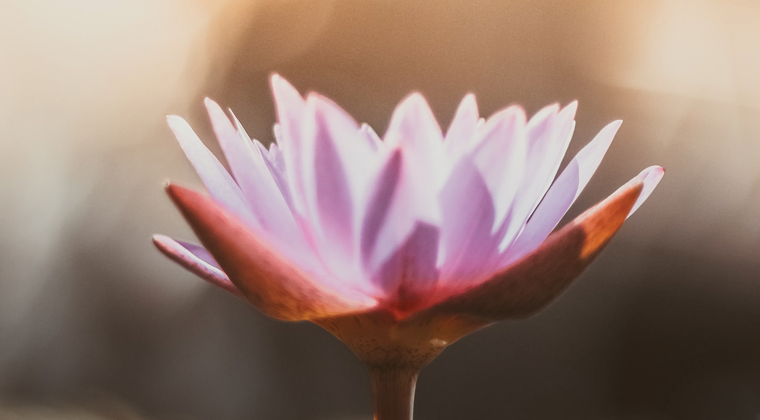Tai Chi
What is Tai Chi?
Tai Chi is a set of physical exercises, with self-defense applications, originating in China over 3,000 years ago. The essential principles of Tai Chi are based on the ancient Chinese philosophy of Taoism, which focuses on the "natural balance" of all things. Good health is thought to occur when one lives in spiritual and physical accord with the patterns of nature. In Taoist philosophy, everything is composed of two opposites that are complementary. These forces are called yin and yang. Concepts such as soft, pliant, yielding and feminine are associated with yin, while concepts such as hard, rigid and masculine are associated with yang. Both forces complement each other and together form a perfect whole. When one practices Tai Chi, the goal is to perfect the balance between yin and yang within one's body/mind/spirit to cultivate oneself. A perfectly harmonized person will show this balance and completeness by his or her tranquility and peacefulness of mind.
There are three main schools of Tai Chi: Wu, Chen, and Yang. Wu style focuses on circular motion as seen in the course of planets, seasons, and the lifespan of organisms. Chen style incorporates linear motion and is accentuated by strong fast motion with power. Yang style has aspects of both linear and circular motions and is the style typically taught in Western culture.
How does Tai Chi work?
While Tai Chi has been practiced for thousands of years, Western scientists have only begun studying its action from a scientific perspective. The gentle motion of Tai Chi has been shown to improve balance in the elderly as well as improve pain and physical function. From a Traditional East Asian perspective, Tai Chi results in a balance of energy (chi) flow in the body and results in good health and longevity. Some Taoist practitioners are known to live past 100 years of age.
How to get started with Tai Chi.
Tai Chi should be learned from an experienced practitioner. While there are a number of books and video tapes with recordings of Tai Chi practice, it is best to learn in person. This could be done in one-on-one training between student and instructor, or group sessions such as your local YMCA. Many cities also offer Tai Chi from private schools with instruction provided by teachers experienced in the art. There is no credentialing organization for Tai Chi in the United States, so most students start by looking in their local area. Word of mouth is often a good place to start, as is taking a few beginning sessions with an instructor prior to signing up for a large number of sessions. Tai Chi is not something that one learns quickly. It is something that is perfected over many years. Be patient and explore Tai Chi with an eager and compassionate mind.
What to consider about Tai Chi:
- You may need to study Tai Chi for multiple sessions. For chronic conditions, one month of Tai Chi training may not be enough. You may need multiple sessions over the course of multiple months to manage your symptoms.
- You should wear comfortable clothes so that you can perform the Tai Chi movements.
- Although Tai Chi is an exercise, you likely will not receive cardiovascular benefits from Tai Chi. However, you may experience inner strength and an improved immune system.
- Do not stop at the beginning of training. It may take months before you gain the most benefits from Tai Chi – be patient.
What to expect
Sometime during the course of your sessions you may experience improvements in your main symptom. You may also find improvement in other bodily functions as well. This is because Tai Chi helps the whole person, not just the part of your body where you have your main complaint such as pain. As such, following your initial training sessions, you may notice effects of Tai Chi on other aspects of your life. You may have more energy and you may be bothered less by things that used to make you annoyed. As a result of practicing, you may see an improvement in anxiety or depression. However different people have different reactions to Tai Chi – find what works for you.
Potential Risks
Tai Chi is generally considered very safe. Occasionally people can experience sore muscles and knee pain if stances are not correct. If you experience joint pain or soreness, speak with your instructor and explain your symptoms. You may need to take a few days off from practicing Tai Chi and also change your approach. If achiness or sore joints persist following these adjustments, consider stopping Tai Chi or finding a different instructor. It also may not be right for you.


